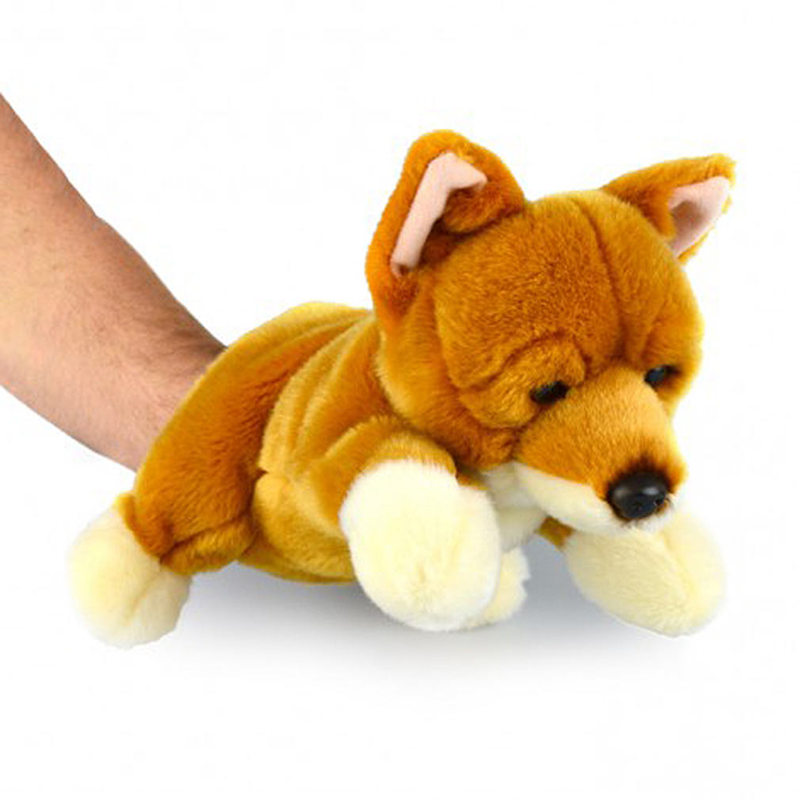
Bilby Full Body Puppet
Bilby Full Body Puppet
35 cm H
The Bilby is an important part of traditional indigenous culture in the deserts of Central Australia. Bilbies use their strong forelimbs and claws to build extensive tunnels, which provide shelter from the fierce heat and predators. Each Bilby may have up to 12 burrows, with burrows up to 3m long and 2m deep. They will dig a new burrow every few weeks and these are often also used by other native animals. Bilbies are nocturnal, emerging after dark to forage for food. Using their long snouts, they dig out bulbs, tubers, spiders, termites, witchetty grubs and fungi. They use their tongues to lick up grass seeds. They have poor sight and rely on good hearing and a keen sense of smell.
A great addition to your childcare resources
$66.00Add To Basket
Echidna Hand Puppet
Echidna Hand Puppet
The Hansa Echidna Puppet is a sweet little Australian friend perfect for puppet shows, imaginary play, and interactive reading. This shy puppet’s body is dark brown, with grey furry bristles covering its back, and four little tan feet which match its long nose. Insert your hand and animate this little creature’s body making this little guy the perfect furry companion.
Please note: Hansa Puppets are floppy and do not stand on their own as shown in some of the official product photos. While this puppet has moveable arms and head, the mouth does not open and close.
Size approx. 19 x 17 x 27 cm
Suitable for ages 3+
$66.00Add To Basket
Emu Hand Puppet
Emu Hand Puppet
This Emu Puppet is so lifelike! Great for Edward the Emu story.
The Emu is the second largest bird on the planet (after ostrich) and the largest bird in Australia, where it lives. It prefers life in woodlands, scrublands, grasslands and forests. The Emu is a flightless bird whose ancestors lived at the same time as dinosaurs.
A great addition to your childcare resources
Stands 33 cm in height
$66.00Add To Basket
Green Turtle Hand Puppet
Green Turtle Hand Puppet
Residing primarily in the Atlantic and Pacific Oceans, the Green Turtle is a famous Reef local. Up to 60,000 female green turtles congregate on the tiny Raine Island each nesting season.
A Green Turtle’s palate progresses through their life cycle, moving from carnivore to omnivore. This gradual shift has impacted the turtle’s skull morphology, developing serrated jaws for chewing algae and seagrass. By the time they mature into adults Green Turtles are mostly herbivorous, causing the green pigmentation they are renowned for. Green Turtles travel enormous distances and are excellent navigators, using sunlight and temperature to determine direction. These unique turtles have brains that work like magnetic compasses, sensing the Earth’s magnetic field and using it to return to old nesting and foraging grounds from thousands of kilometres away. Adult males can breed every year, but females migrate from their foraging areas to nest every 2 to 5 years. Female Green Turtles lay about 100 eggs per nest and will nest every two weeks over several months before leaving the nesting area and returning to their foraging grounds.
$66.00Add To Basket
Lorikeet Puppet
Lorikeet Puppet
Loriini is a tribe of small to medium-sized arboreal parrots characterized by their specialized brush-tipped tongues for feeding on nectar of various blossoms and soft fruits, preferably berries. The species form a monophyletic group within the parrot family Psittacidae. The group consist of the lories and lorikeets. Wikipedia
$66.00Add To Basket
Frilled Neck Lizard Finger Puppet
Fantastic lifelike frilled neck lizard. What are the benefits of puppet use in the classroom?
In the early childhood/preschool classroom:
• Puppets are a good tool to get young children’s attention.
• Puppets help students act out everyday scenarios.
• Puppets, especially finger puppets, allow little ones to transform into anything they want.
• Puppets are a good visual representation to use when singing, dancing, or storytelling.
White Cockatoo Finger Puppet
What are the benefits of puppet use in the classroom?
In the early childhood/preschool classroom:
Puppets are a good tool to get young children’s attention.
Puppets help students act out everyday scenarios.
Puppets, especially finger puppets, allow little ones to transform into anything they want.
Puppets are a good visual representation to use when singing, dancing, or storytelling.
Fantastic lifelike cockatoo.
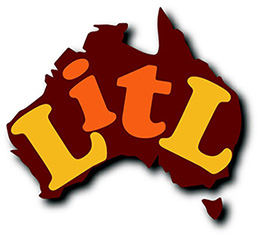
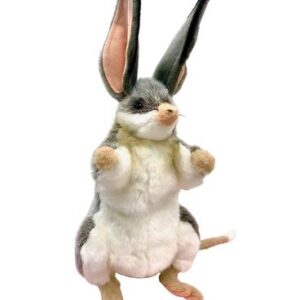
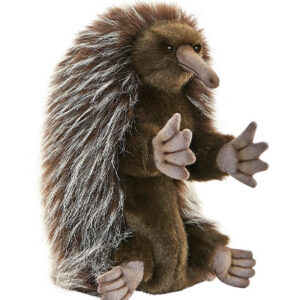
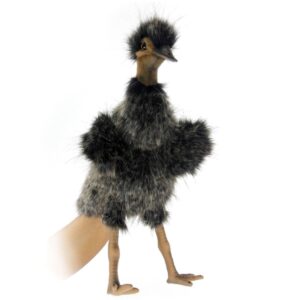
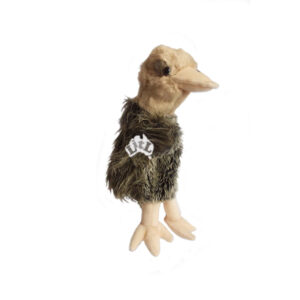
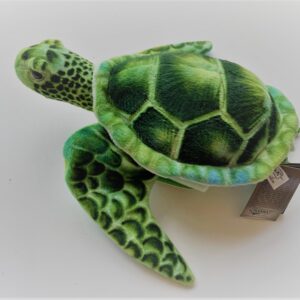
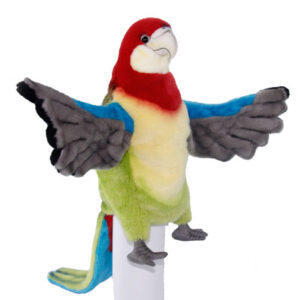
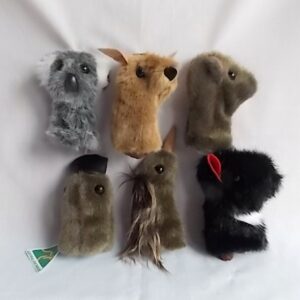
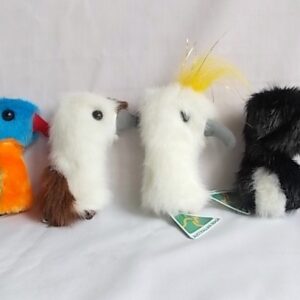
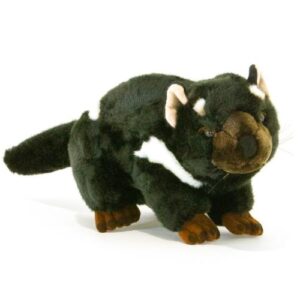
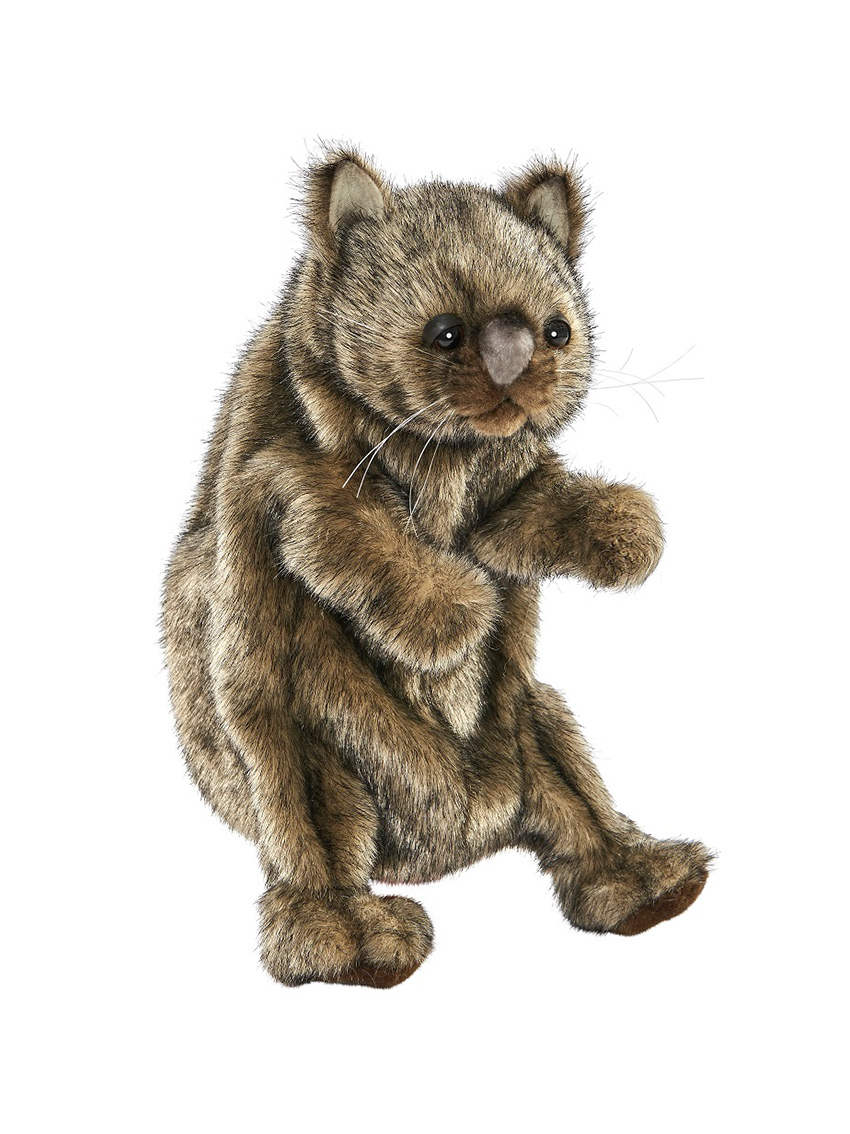
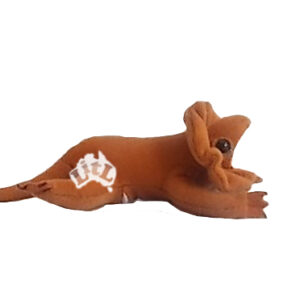
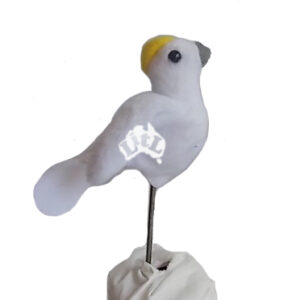
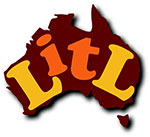 Welcome to Australia's favourite supplier to the child care sector. We stock the most diverse range of products and specialise in multicultural, Aboriginal and additional needs resources.
Welcome to Australia's favourite supplier to the child care sector. We stock the most diverse range of products and specialise in multicultural, Aboriginal and additional needs resources.